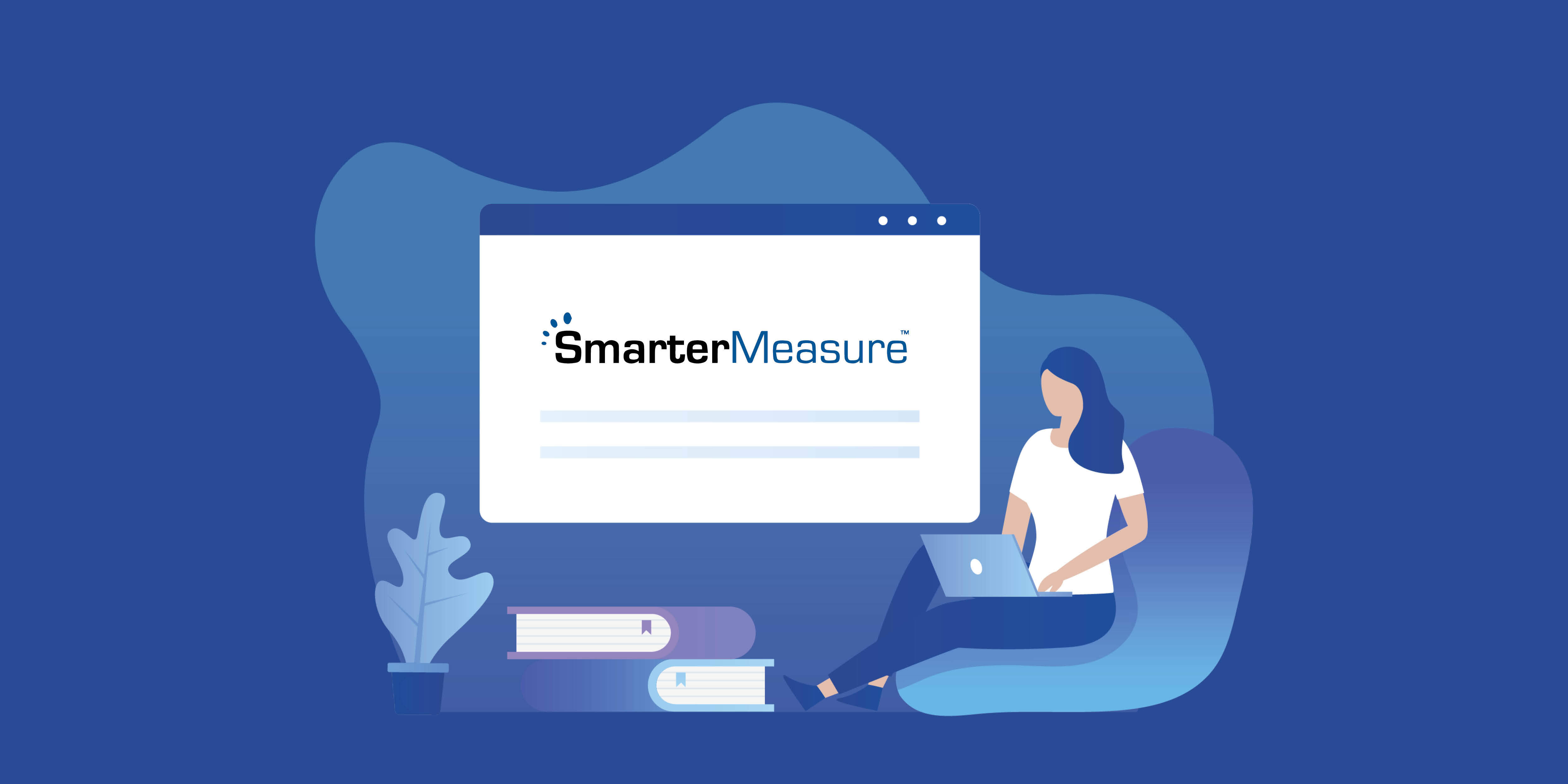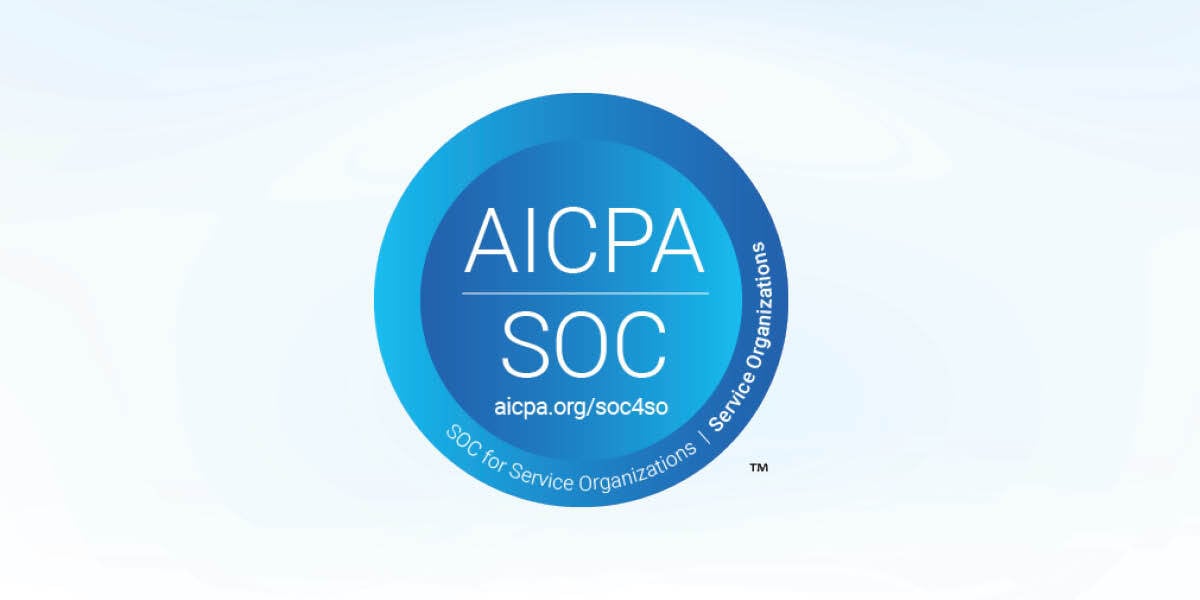.jpg)
With student success and retention top of mind, institutions can strengthen grant proposals by leveraging data from the SmarterMeasure Learning Readiness Indicator to support targeted, impactful interventions.
Writing Grants to Enhance Student Success: Leveraging Data from the SmarterMeasure Learning Readiness Indicator
Within the context of an enrollment cliff, where student success and retention is paramount to institutional sustainability and societal growth, colleges and universities are increasingly seeking innovative ways to secure funding through grants. One powerful tool that institutions can leverage in their grant applications is the SmarterMeasure Learning Readiness Indicator, a robust assessment tool that provides actionable data on student readiness for learning. By integrating this data into grant proposals, institutions can present compelling, evidence-based narratives that align with funders' priorities. Be sure to download our Using Student Readiness Data for Grant Success free resource.
Understanding the SmarterMeasure
The SmarterMeasure Learning Readiness Indicator assesses key factors influencing student success, such as:
- Life Factors: Time availability, financial stability, and support systems.
- Learning Styles: Preferences for how students engage with course materials.
- Technical Competency: Proficiency in using technology essential for online or hybrid learning environments.
- Personal Attributes: Motivation, control over procrastination, and locus of control.
- Reading Rate and Recall: Skills necessary for processing academic texts.
- Typing Skills: Speed and accuracy, which are vital for written assignments and exams.
By collecting data on these non-cognitive dimensions, school leaders gain deep insights into the challenges and strengths of their student populations. This data can serve as a foundation for identifying gaps, proposing interventions, and measuring outcomes—key components of a winning grant proposal.
Grant Opportunities for Student Success
Grant opportunities related to student success often focus on themes such as:
- Equity and Access: Addressing barriers faced by underrepresented or disadvantaged students.
- Retention and Persistence: Developing programs that keep students enrolled through to graduation.
- Technology and Innovation: Implementing tools and strategies that enhance learning in digital or hybrid formats.
- Workforce Readiness: Preparing students with the skills and competencies required by today’s job market.
Organizations such as the U.S. Department of Education, private foundations, and state education agencies frequently issue calls for proposals in these areas. Incorporating SmarterMeasure data can significantly strengthen these applications.
How to Integrate SmarterMeasure Data into Grant Proposals
- Identify Key Challenges Using Data Use SmarterMeasure data to pinpoint specific areas where students face challenges. For example:
o "35% of our students report low financial stability, which correlates with higher dropout rates."
o "50% of students demonstrate below-average technical competency, creating barriers in our online programs."
- Develop Targeted Interventions Propose evidence-based programs to address identified challenges. For instance:
o A peer mentoring program for students with low personal attributes like motivation.
o Financial literacy workshops to assist students struggling with financial stability.
o Tech boot camps to increase technical proficiency for online learners.
- Align Goals with Funders’ Priorities Clearly connect your proposed interventions with the goals of the grant provider. For example, if a grant focuses on retention, emphasize how SmarterMeasure-informed programs will improve student persistence based on case studies from peer institutions.
- Demonstrate Measurable Outcomes Leverage pre- and post-assessment data from SmarterMeasure to demonstrate impact. Examples include:
o Improved technical competency scores post-intervention.
o Increased retention rates among students who participated in proposed programs.
- Highlight Scalability and Sustainability Showcase how your approach can be scaled to benefit more students or replicated at other institutions. Use longitudinal SmarterMeasure data to illustrate trends and sustained improvements.
Example Narrative: Integrating SmarterMeasure Data
"At Green Valley Community College, 45% of first-year students struggle with time management, as identified by the SmarterMeasure Learning Readiness Indicator. This challenge directly impacts retention rates, with these students 30% more likely to withdraw before completing their degrees. To address this, we propose a holistic Student Success Program, incorporating time management workshops, personalized coaching, and a mobile app for task tracking. Through SmarterMeasure's pre- and post-assessments, we will measure improvements in time management skills and correlate these with increased retention rates, aiming for a 15% improvement over three years."
Conclusion
By integrating SmarterMeasure Learning Readiness Indicator data into grant applications, universities can craft persuasive, data-driven narratives that address funders' goals. This approach not only strengthens proposals but also ensures that interventions are targeted, measurable, and impactful. As higher education evolves, leveraging tools like SmarterMeasure will be essential in securing the resources needed to foster student success.




